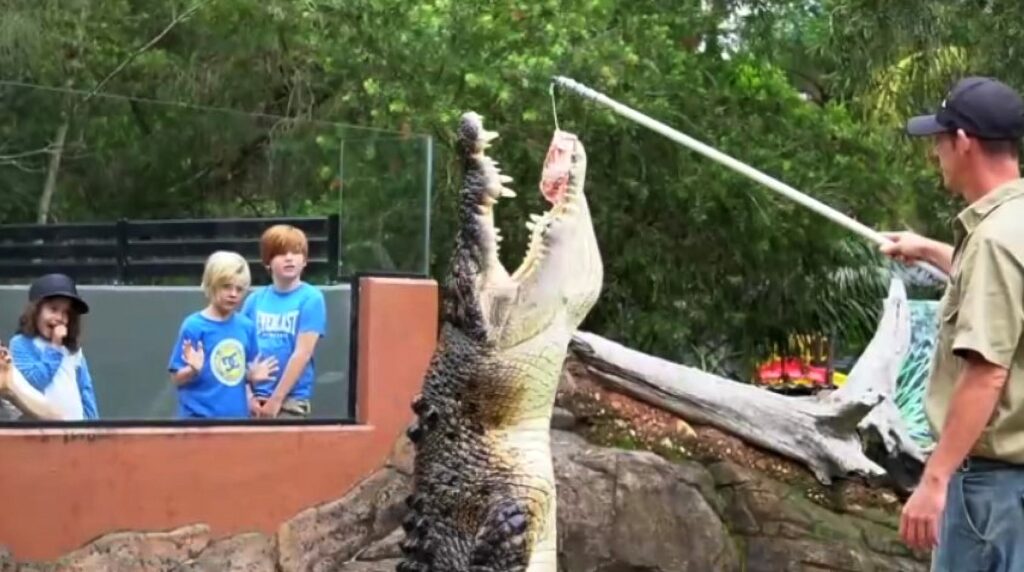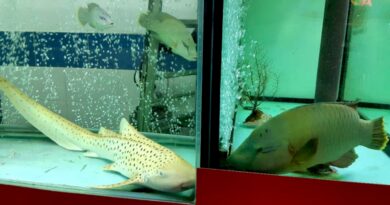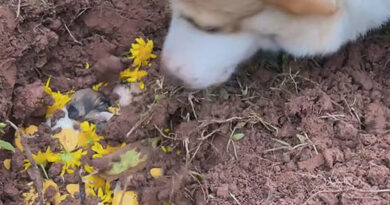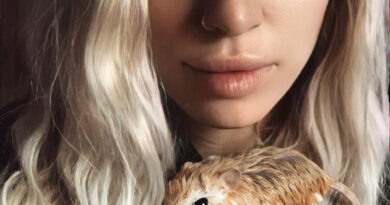Monster Croc Called Shrek Devours Raw Meat On A Rope
This humongous man-eating crocodile gave visitors a real show as he leapt metres into the air to grab his meat meal.
The video starring the monster-croc named Shrek was filmed at the Billabong Zoo, in the town of Port Macquarie, in the Australian state of New South Wales on 16th March.
The giant reptile enjoys the daily attention of animal-loving visitors who watch excitedly as the zookeeper lures him in with a piece of delicious raw meat on a stick, until he jumps up high and grabs the meal before he devours it between his sharp teeth.

Shrek is a Saltwater (or Estuarine) crocodile (Crocodylus porosus), which is the biggest species of crocodile and the largest living reptile in the world.
Adult males typically grow anywhere from four to five metres long (13 to 16 feet) and weigh more than 450 kilograms (992 pounds), while females are smaller, and generally grow to around three metres (9 feet) long and reach a weight of up to 150 kilograms (330 pounds).
Their upper body is black, with irregular mottling and whitish on the underside. They have 65–67 teeth and are believed to have the greatest bite pressure of any living animal.
The crocs typically live in Australian coastal waters, estuaries, lakes, inland swamps and marshes. Their habitats are located in a wide range from Broome in West Australia through the Northern Territory to Townsville in Queensland and occasionally further south. They can also live in freshwater.
They feed on a variety of species, including mud crabs, birds, sea turtles, fish, flying foxes, dingoes, cats, dogs, pigs, buffalo, cattle and horses.
An incredible fact about this species is that they are able to hold their breath underwater for 10-15 minutes.
Saltwater crocodiles like Shrek can live for 80 – 100 years.
They mate and reproduce during the wet season from November to March. A female will lay up to 50 eggs in nests along riverbanks, where they incubate for about three months before hatching.



